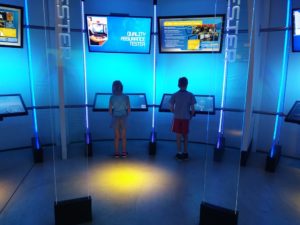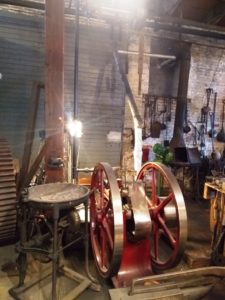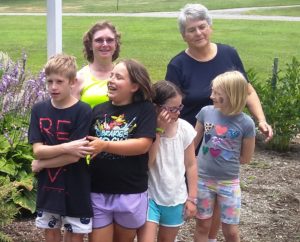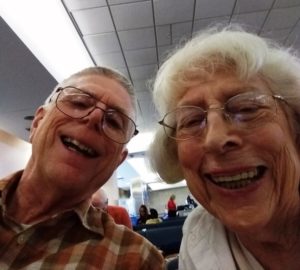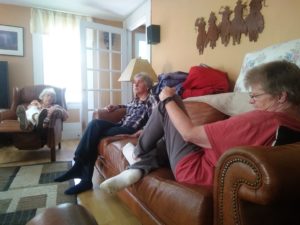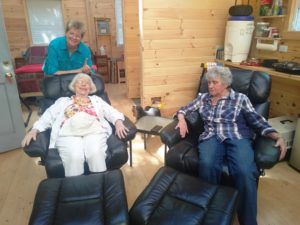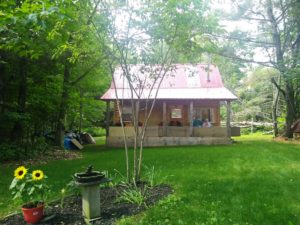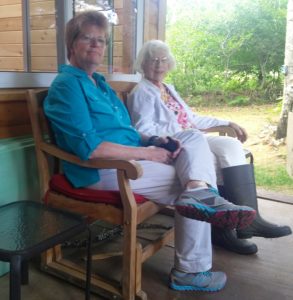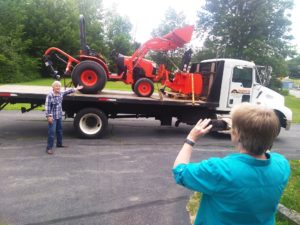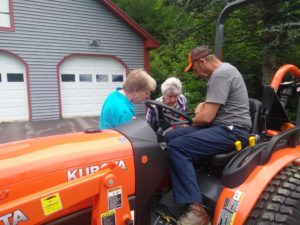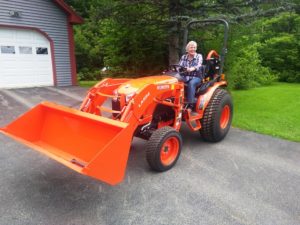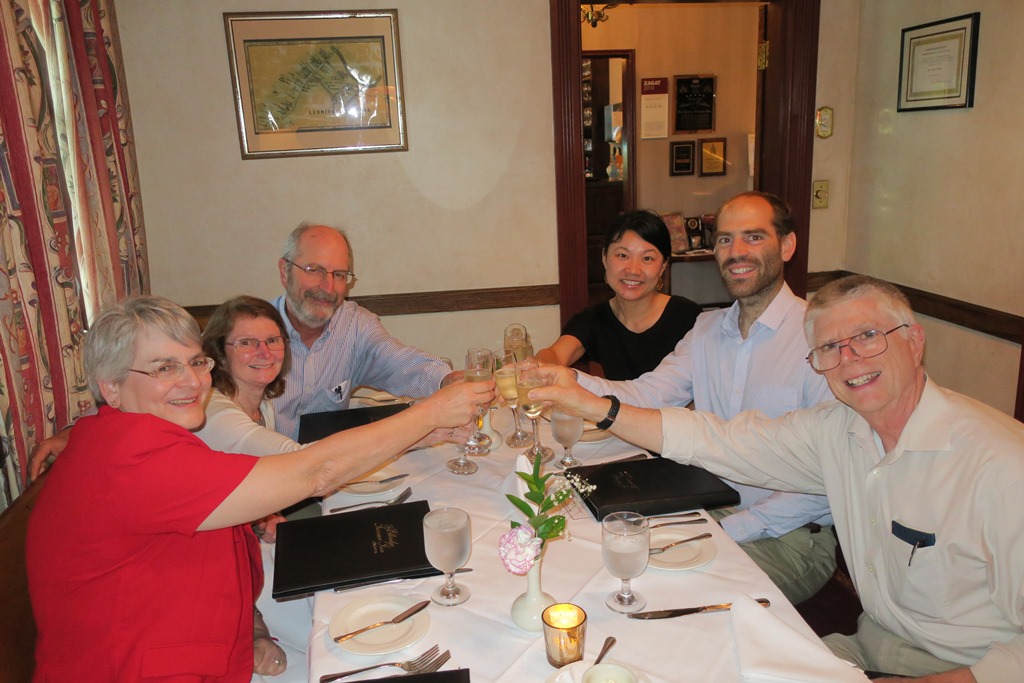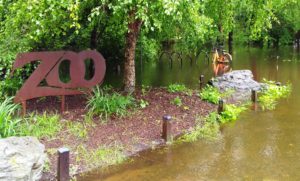 Our supervisor Kelly has a new hobby. She is learning how to be part of the Salisbury roller derby team. Saturday they were playing their only home game during our stay here, against the Reading, PA team. Naturally we had to go see it. It was our first roller derby. We don’t know that much about the sport, but it was a lot of fun watching. Too bad the game was so lopsided, with a score of 180 to 105 in favor of the visitors.
Our supervisor Kelly has a new hobby. She is learning how to be part of the Salisbury roller derby team. Saturday they were playing their only home game during our stay here, against the Reading, PA team. Naturally we had to go see it. It was our first roller derby. We don’t know that much about the sport, but it was a lot of fun watching. Too bad the game was so lopsided, with a score of 180 to 105 in favor of the visitors.
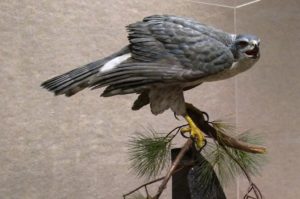 That anchored our weekend. We decided that while we were in Salisbury, we should definitely visit the Salisbury Zoo. Unfortunately, we found the zoo was closed, simply because the entrance was under a foot of water. Imagine! After all, a good pair of wading boots is at least two feet high. Who on the Eastern Shore doesn’t own a decent pair of waders?
That anchored our weekend. We decided that while we were in Salisbury, we should definitely visit the Salisbury Zoo. Unfortunately, we found the zoo was closed, simply because the entrance was under a foot of water. Imagine! After all, a good pair of wading boots is at least two feet high. Who on the Eastern Shore doesn’t own a decent pair of waders?
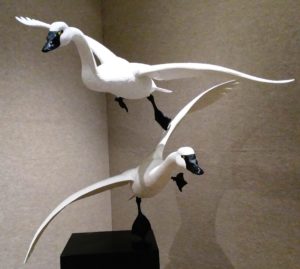 I was hoping to spend the morning at the zoo, but since that wasn’t going to be possible, we moved on to our next activity, the Ward Museum. This museum is about hand carved duck decoys. I couldn’t imagine anything more boring than a bunch of old, faded carved ducks. When we arrived, the museum “lived up” to my expectations with a retrospective room, a history of duck hunting on the Eastern shore, and a room full of old faded carved ducks. But the room after that go much more interesting. With decoys being made in a factory out of plastic, carving ducks out of wood has become an amazing art form. (Plus, their gift shop had some way cool coffee cups.)
I was hoping to spend the morning at the zoo, but since that wasn’t going to be possible, we moved on to our next activity, the Ward Museum. This museum is about hand carved duck decoys. I couldn’t imagine anything more boring than a bunch of old, faded carved ducks. When we arrived, the museum “lived up” to my expectations with a retrospective room, a history of duck hunting on the Eastern shore, and a room full of old faded carved ducks. But the room after that go much more interesting. With decoys being made in a factory out of plastic, carving ducks out of wood has become an amazing art form. (Plus, their gift shop had some way cool coffee cups.)
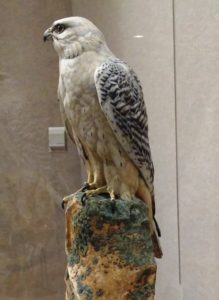 The Ward Museum is home of the world-wide water fowl carving contest. Many winning carvings were on display. The carvings look exactly like a live bird. Artists even carve individual feathers and then place them on their carving to enhance the realism. Some carvings are carefully balanced on impossibly thin support wires, cleverly disguised as part of a wing or tree branch.
The Ward Museum is home of the world-wide water fowl carving contest. Many winning carvings were on display. The carvings look exactly like a live bird. Artists even carve individual feathers and then place them on their carving to enhance the realism. Some carvings are carefully balanced on impossibly thin support wires, cleverly disguised as part of a wing or tree branch.
We rounded the day out with the movie “Rampage”. It was a combination of Japanese monster movie and an American disaster film. It had every formulaic stereotype in the book. Critics panned it. It was also funny as all get out. Danita and I found it totally entertaining and a great hoot.
 We enjoyed an excellent lunch at the Back Street Grill. Today we attended a Church breakfast – all you can eat for $10. The food was good and plentiful, and the money went to a good cause.
We enjoyed an excellent lunch at the Back Street Grill. Today we attended a Church breakfast – all you can eat for $10. The food was good and plentiful, and the money went to a good cause.
Even our professional lives are doing well. The accolades are rolling in, as you can see.
That’s it for this week. I hope this finds everybody doing well.

